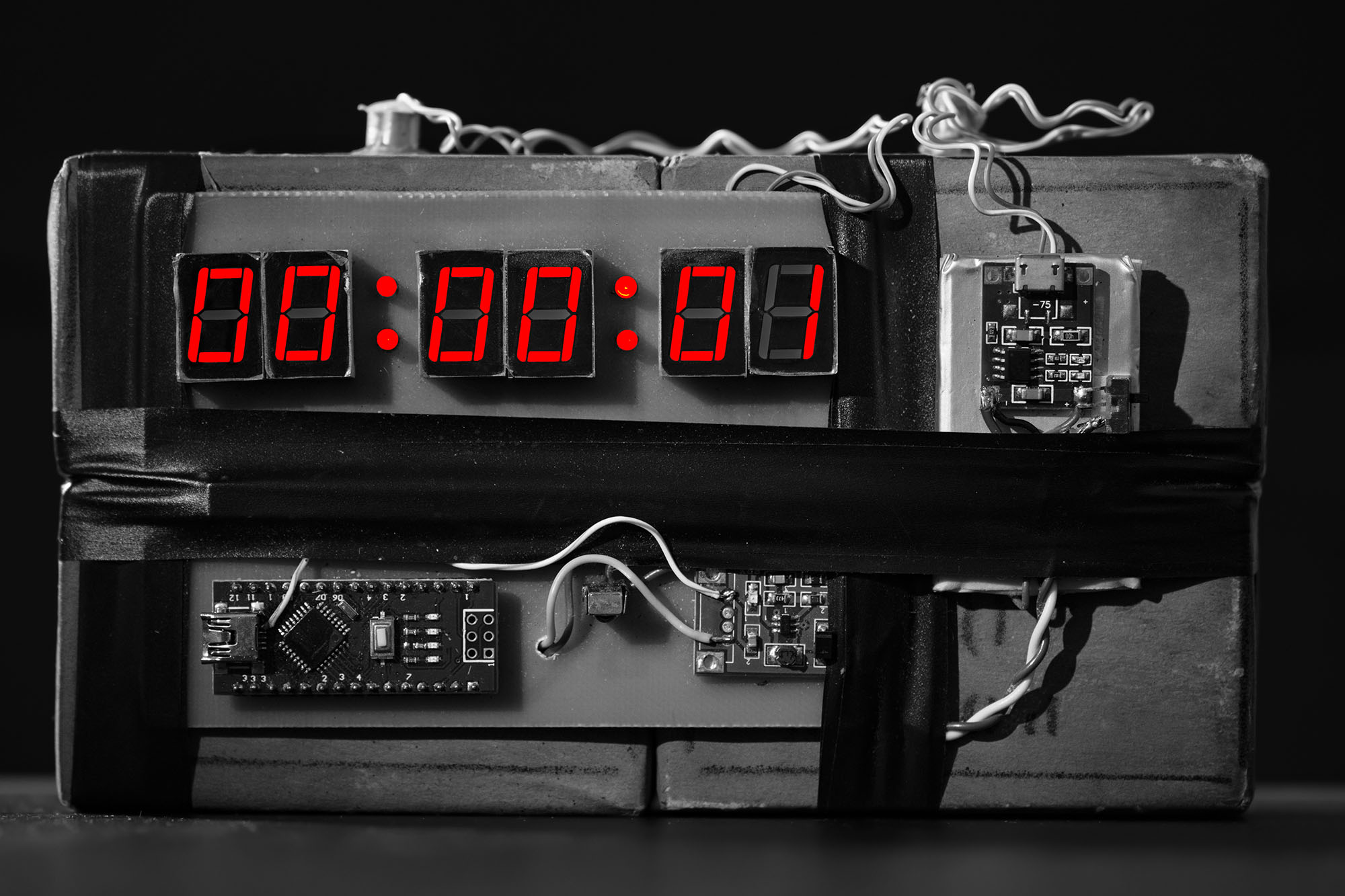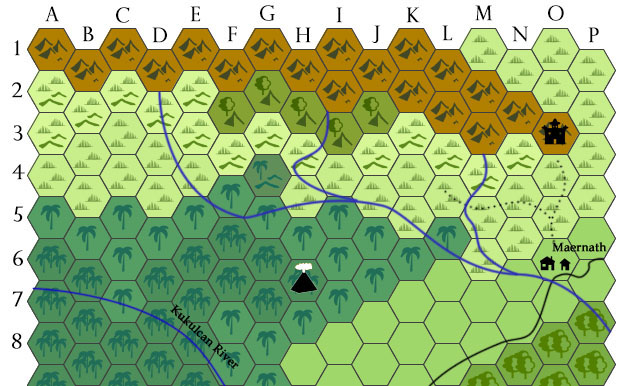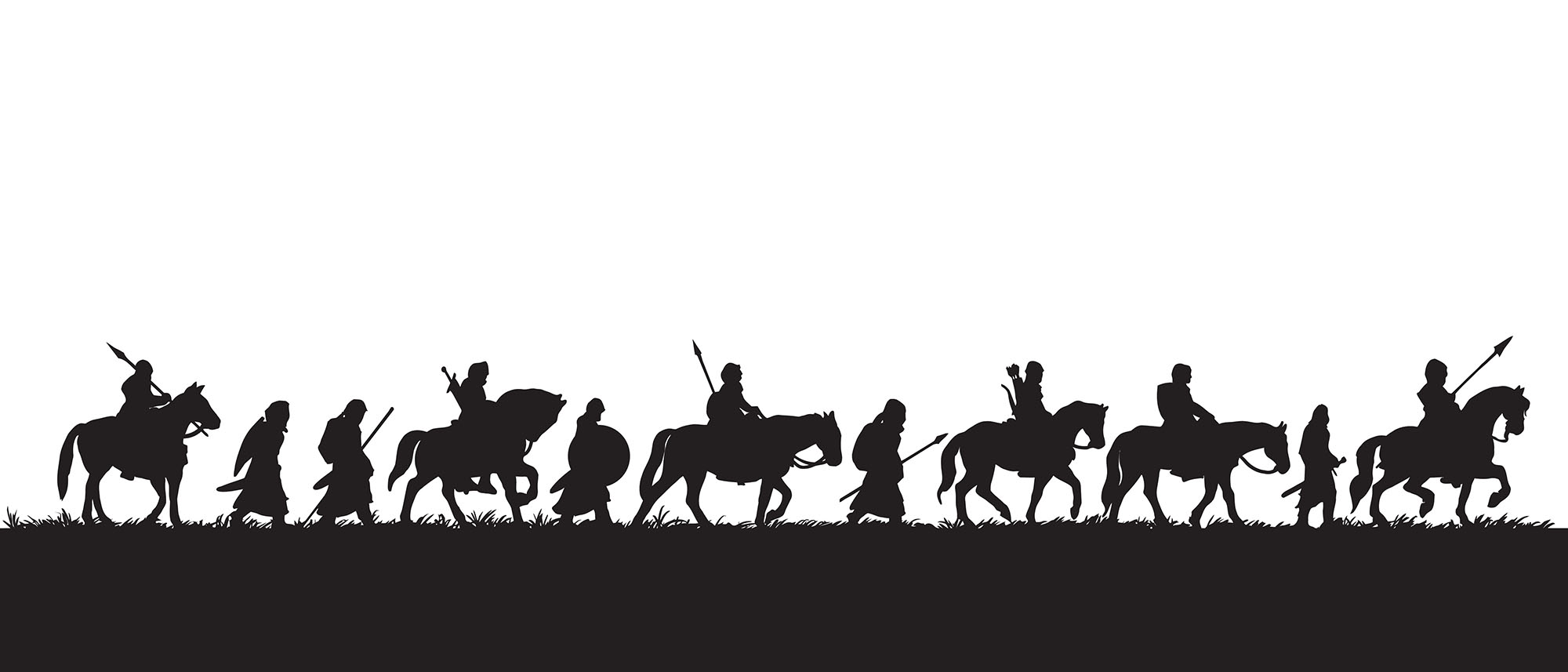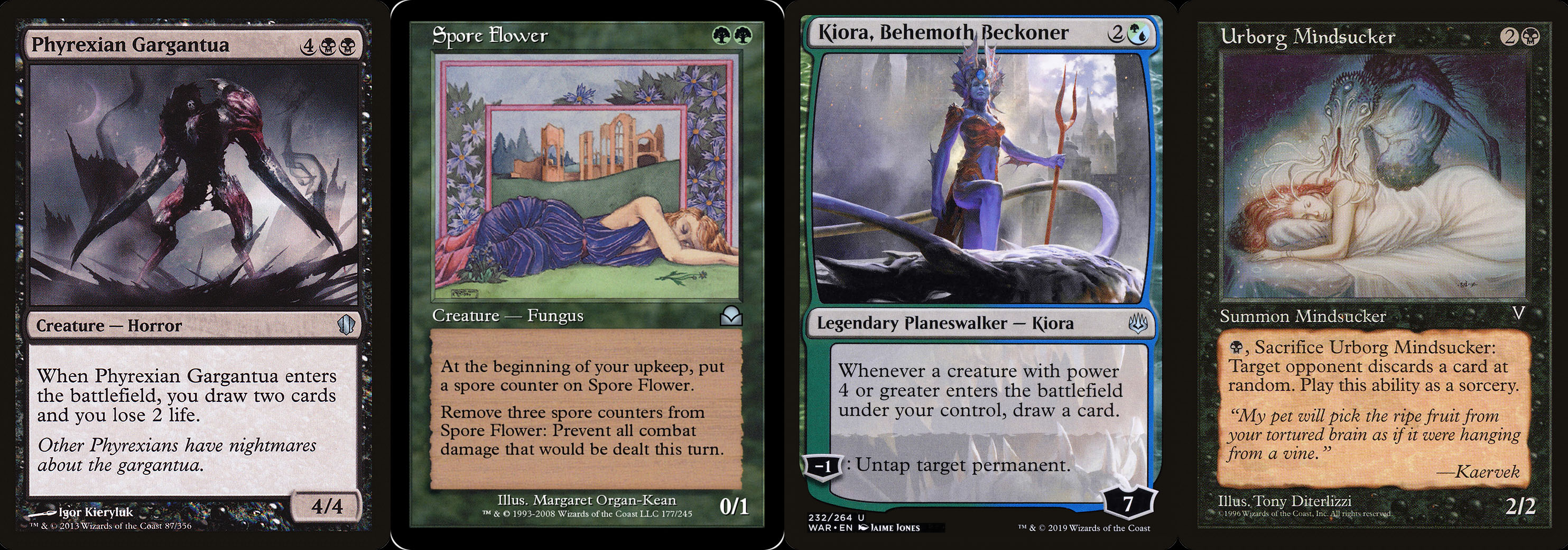
DISCUSSING
In the Shadow of the Spire – Session 27D: The Maw Opens
Tee read: “The Saint of Chaos shall return and the Banewarrens shall ope their maw. And the name of doom shall be Tavan Zith.”
“What does that mean?” Elestra asked.
“I don’t know,” Tee said. “Let’s ask him.”
She pulled Zith out of her bag of holding. Tor bound him securely. Tee blindfolded him. And Dominic healed him.
As soon as Tavan Zith awoke, however, they all felt a sickening, bursting feeling erupting in their chests. Agnarr instinctively smashed the pommel of his sword into the dark elf’s nose, breaking it and sending him plunging back into unconsciousness.
In a previous Running the Campaign column, at the beginning of Act II, I discussed the fact that I designed the second act to be triggered using two external events — events that originated from outside the domain of the PCs experience and, therefore, could not be anticipated or prevented. (Or, at least, were extremely unlikely to be anticipated or prevented.)
The first of these events was the letter from Shim that arrived in Session 18, informing the PCs that (a) they had hired him during their period of lost memories to find a magical artifact and (b) he’d found it. The second, of course, happens in this session, when Tavan Zith, the Saint of Chaos, appears on the street.
The first trigger is designed to hook the PCs into the Night of Dissolution campaign, which revolves around the cults of chaos and was designed for 4th to 9th level characters by Monte Cook.
Similarly, the second trigger leads to the Banewarrens, another campaign created by Monte Cook, this time designed for 6th to 10th level characters.
As I’ve described previously, it was my desire to run the Banewarrens that was the primary impetus for the entire campaign. But when I read Night of Dissolution, I was fascinated by it. Which campaign should I run? Could we wrap Banewarrens and then run another Ptolus campaign featuring the Night of Dissolution?
Then I realized that I could just run both of them at the same time!
And although I significantly expanded both of them, these two campaigns remain the primary spine(s) of Act II.
Taking published adventures like this, combining them, and adapting them to the PCs is something I discuss in more detail in The Campaign Stitch. Often when I’m doing work like this, I will be looking for opportunities to create crossovers between the adventures — to tie them together and make them a single, unified whole.
For example, there are a number of factions in Ptolus interested in the Banewarrens and how they can be exploited. It would be perfectly natural for the chaos cults — another powerful faction active in Ptolus — to also become involved in the intrigues around the Banewarrens.
But I actually made a specific decision to NOT do that.
Instead, I used a different technique: The Second Track.
I knew that both the Banewarrens and the Night of Dissolution would be big, complicated conspiracies that the PCs would have to work to unravel. If I fully crossed the streams and truly merged the conspiracies, there was a real risk of the whole thing collapsing under its own Byzantine complexity. It would be hopelessly confusing.
But I knew I didn’t actually have to do that in order to get the same effect! When the PCs first started interacting with the two conspiracies, the players wouldn’t have the information necessary to distinguish them. So, from their perspective, the conspiracies WOULD be merged together, and they’d be utterly overwhelmed.
This meant that:
- I, as the DM, didn’t need to deal with the complexity. (Because I could clearly distinguish between the two conspiracies and wouldn’t’ get confused.)
- Once the players figured out how to distinguish the conspiracies, they would ALSO no longer be confused. The complexity would fall away and the disparate mysteries would cleanly resolve themselves.
That’s the beauty of the Second Track.
With that being said, however, I didn’t want these two halves of the campaign to be completely siloed from each other. That would feel pretty artificial. So I looked for some subtle crossovers (which I knew would also seed the players’ initial confusion between the two threads).
I came up with two.
First, as we saw in Session 20, the PCs discovered the Prophecy of the Saint of Chaos in Pythoness House (a site associated with the chaos cults):
The Saint of Chaos shall return and the Banewarrens shall ope their maw. And the name of doom shall be Tavan Zith.
Tavan Zith wasn’t a big focus point for the chaos cults, but given his unique curse, the idea of him being an avatar of chaos made perfect sense. (And if the PCs did end up tipping Tavan Zith’s arrival to Wuntad or the other chaos cultists, they could easily interpret it as a sign that their time had come and the Night of Dissolution was foreordained.)
Second, I identified the Pactlords of the Quaan as a faction who could potentially intersect with both the chaos cults and the Banewarrens. (We haven’t met them yet, but they’ll be showing up shortly.) The short version is that they were big enough that I could have one wing of the Pactlords tangentially involved with the chaos cults and a completely different set of Pactlords focused on the Banewarrens. Just enough crossover that the PCs would find references to the Pactlords in both places and assume a connection, but distinct enough that they wouldn’t cause the two threads to collide with each other.
This division between Chaos Cults and Banewarrens, I should note, is quite explicit in my own notes: There’s a binder of chaos cult-related adventures and a completely separate binder of Banewarrens-related adventures. A really clear example of how you can have absolute clarity in your own perception of the campaign, while nonetheless miring the players in delightful enigma.
NEXT:
Campaign Journal: Session 28A – Running the Campaign: One Job, Multiple Patrons
In the Shadow of the Spire: Index


















